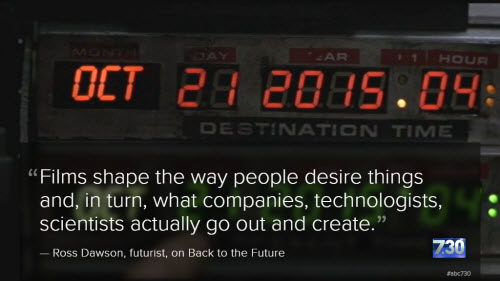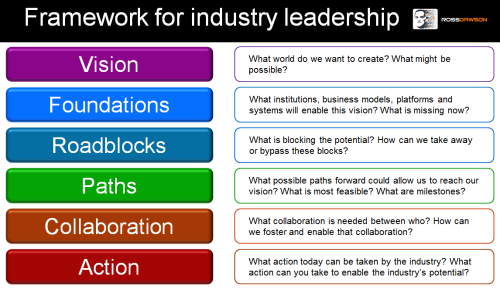Many PR people still begin their strategy design with “what is our key message?” However, any good social media or SEO strategy begins with a consideration of what the common keywords are. Then you build a hierarchy of keywords and wrap the content strategy around that. The former approach fundamentally ignores what drives modern communications. Not only do most senior PR professionals ignore that reality, but many communications courses are taught by those who have not yet grasped this fact. As digital consultants fill the influence vacuum, are PR professionals in danger of obsolescence?
The Origins of Social Media
Before all the hysteria and glamour around Facebook and Twitter, it’s hard to remember that the roots of social media are in blogging, rather than Mark Zuckerberg’s imagination. If you think carefully about it, the very model of modern social media was defined by blogging. The post-comment-thread hierarchy is what has governed the way Facebook posts have been designed. Equally Twitter is basically a glorified, more user-friendly, RSS reader. Many would argue that despite the 2006 launch of Facebook, social media is already 15 to 20 years old.
Yet still the PR industry has struggled to respond to social media, despite the fact that the skill set of the typical PR professional is *perfectly* suited to the medium. Content production, audience analysis, influencer relations: the daily duties of a PR professional transpose perfectly into this new era. However, jealously guarding their network of journalist relationships and gate-keeper role, some PR people have attempted to either deny or subjugate social media.
The Rule of Word
When seeking to build greater influence, the most powerful tool is not even social media. It is SEO. Words have become the cogs that drive the Internet. Everything that happens on the internet begins with a search. How you rank in that search is fundamental to success. You can engineer that to some extent with advertising, and with web design and build. But the best way to do so is to be relevant to the machine. If Google thinks you are a consistent and regular purveyor of quality, well visited (and well shared) content on a given topic, you will rank well. This is today’s raw PR truth. Not which newspaper you are in. The advent of the paywall – and along with it the collapse of advertising budgets – has hammered the last nail into the newspaper’s coffin from the Internet’s point of view. Most successful media sites today owe more to blogs than to the newspaper model – you only have to look at BuzzFeed to understand this.
Despite the success of podcasting and Pinterest and YouTube, the written word is still the most significant publicity button to press. Consistent, unique and appreciated writing – however it is done – is what will drive most profile visits, web site traffic and – ultimately – outcomes (whatever they need to be). A video without tags and a good title is also a wasted effort. Google can’t watch videos!
Is Medium the Medium?
Blogger and WordPress were once powerful platforms. Everyone knows that Google is lazy and tends to tap the “usual suspects” for clues before it digs deeper. But as SEO as a discipline began to evolve, increasingly people began to embed blogging into their own website. Customized blogging templates are great for carefully managing your corporate look and the user experience. But in this departure there’s one aspect we’ve forgotten: Google’s sloth!
For video, the ultimate model established itself from the outset – the common platform. First YouTube and then Vimeo provided a simple upload interface and provides easy-to-use HTML code with which you could host videos on your website. But you still benefit from the “if you liked this, then you’ll like this” community reference engine. SlideShare did this well for slide decks too. But the written word has been missing a common platform for a long time, since WordPress began to decline as a destination.
Is Medium going to be the YouTube of the written word? Already many brands have ported their blogging efforts to Medium as an alternative platform to their own blogging site – take BMW or Burberry for instance. The interface is beautiful, it is incredibly easy to use and now that you can embed the post into your own site, you benefit from the SEO and social engines, as well as Medium’s own reference engine and community dynamic. Now you can use Medium as a hosting platform and benefit from the referential power – but embed the post directly into your site in the same way you do with YouTube.
Word Up!
Cleverly crafted key messages mean nothing anymore, Google only reads the distinct words, with only a passing appreciation of their context. The message itself is irrelevant because the Internet is arranged on topic clusters and communities that are found on single tag searches. Your social profile and web presence provides the extra context for those willing to look.
How you work the medium is what matters, not how carefully you draft your message sheet. Too many PR people are coaching for a dying medium. Consistency of message “in the media” is a microcosm of the wider game. How you play out on the Internet is what counts, and that depends on how many times your content hits the same keyword note. Google rankings, not coverage reports, are today’s PR battleground and scoreboard.




